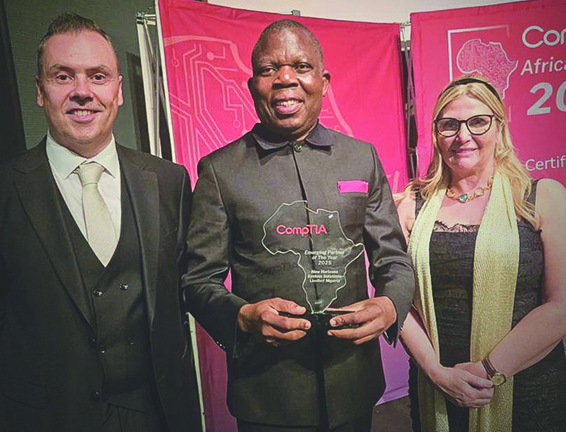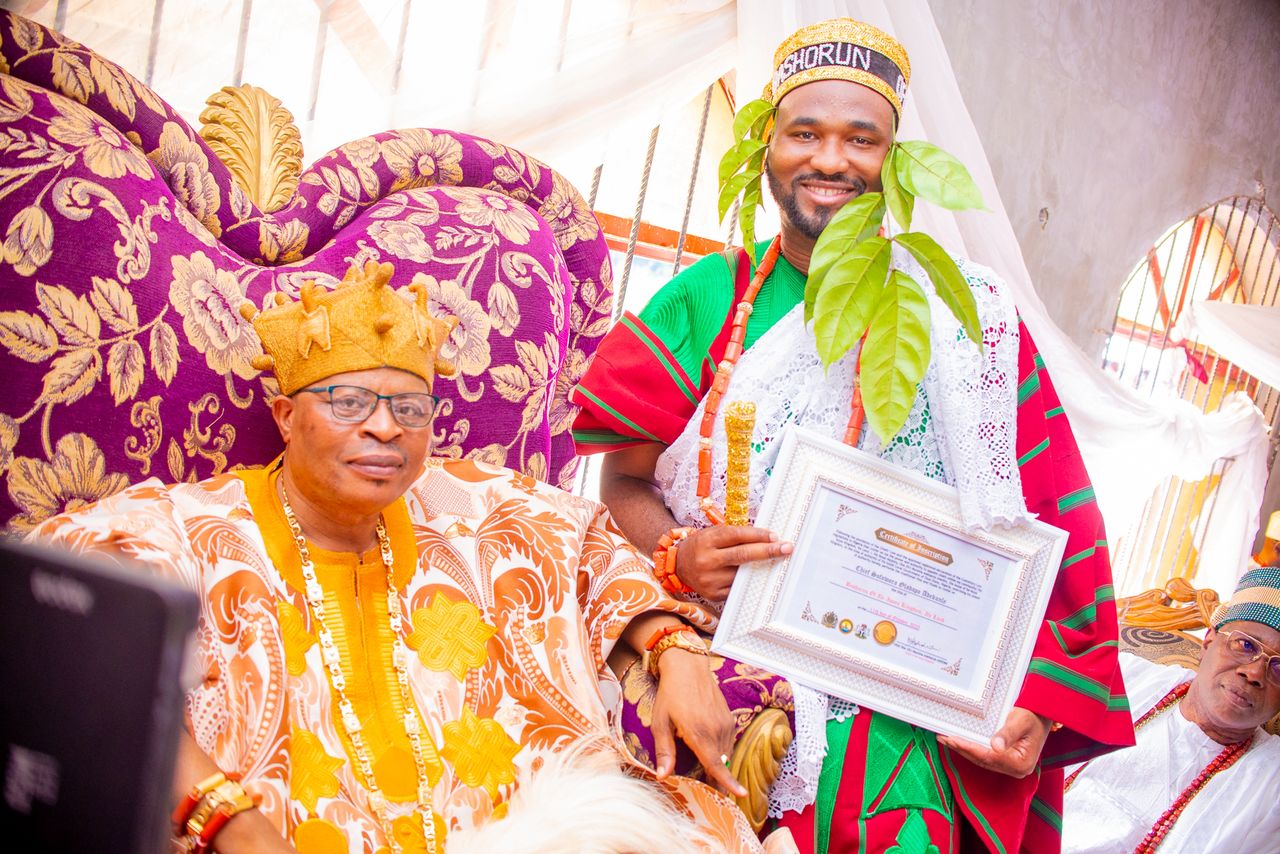Something quietly radical about the way Legacy, opening on September 20 at 1952 Africa Gallery in Lagos, gathers its voices should fascinate the art community.
Drawn from a generation shaped by the crucible of Life In My City Art Festival (LIMCAF), the show does not declare itself with the brash clamour of a manifesto. Instead, it unfurls as a set of patient gestures —each artist weaving their own trajectory into a larger chorus of contemporary Nigerian art.
To walk through it is to encounter fragments of lived history, held together not by uniformity but by resonance.
Take, for instance, the work of Popoola Nurudeen, a painter whose career has long been threaded by a restlessness to push the boundaries of his medium.
A graduate of Yaba College of Technology, where he emerged as best student in both painting and mixed media, Nurudeen’s practice has been honed through a string of accolades, including the 2018 LIMCAF prize for best painting/mixed media. His canvases resist complacency. Surfaces teem with textures that oscillate between figuration and abstraction, as though refusing to commit to a single grammar.
There is often a sense of excavation in his work — paint applied, scraped away, layered again — until the canvas becomes less an image than a site of memory.
His 2021 solo show, Evolve, testified to this spirit: paintings that do not settle, but mutate, as if in dialogue with the shifting conditions of contemporary existence. “Each canvas is a mutation, a dialogue with change,” he has said, and in Legacy, this restless energy continues its negotiation with time.
If Nurudeen works in pigment and texture, Mayi Theophilus Ekoja turns to metal with a sculptor’s devotion.
Born in Kogi State and trained at the Auchi Polytechnic, Ekoja approaches metal not as inert matter but as something alive — capable of tenderness, rhythm, even vulnerability.
His sculptures often seem to hold motion within them, as though the hammering and bending of steel were simply a way of freezing fleeting gestures.
Recognition came swiftly: at LIMCAF 2023, he won in the sculpture/installation category, and his practice has since stretched onto international platforms such as the Dakar Biennale OFF in 2024.
Describing his process, he explains, “each sculpture is my way of holding on to a passing moment,” and in Lagos, his pieces will stand as proof that even the hardest materials can be coaxed into lyricism.
Where Nurudeen excavates surfaces and Ekoja bends metal into grace, Edward Samuel builds his vision through shards.
A distinguished mosaic artist from Delta State, Samuel has developed a practice that is both technically rigorous and profoundly poetic.
To work in mosaic is to believe in fragments — the broken, the discarded, the overlooked. Yet in his hands, tesserae are not mere pieces waiting for repair but voices in conversation, each fragment indispensable to the whole.
His recognition at LIMCAF came in 2018 with the El Anatsui Prize, an award whose symbolic weight is difficult to miss, given Anatsui’s own reputation for transforming discarded materials into monumental art. Samuel has since refined his language, producing works collected across Nigeria and abroad.
“Brokenness is not an end, but a beginning,” he insists, and his mosaics make that conviction tactile: rearranged fractures turned into unlikely harmony.
Another path is forged by Chibuike Ifedilichukwu, whose installations make waste material the grammar of renewal. Influenced by the eco-friendly practices of his grandmother, he transforms knobs, aluminium cans, plastic straps, and discarded bottles into expansive mixed-media works.
These objects, scavenged from the overlooked margins of daily life, become metaphors for survival and transformation. Ifedilichukwu is not merely recycling; he is re-inscribing memory into matter, binding fragility and resilience in forms that speak to environmental justice. “Nothing is waste—only value waiting to be redefined,” he argues, and in Legacy his work anchors the show in ecological urgency.
Equally sensory, though from a different medium, is the practice of Abiodun Emmanuel Olaniyi, a textile artist whose embroidery and yarn paintings are rooted in Yoruba oral traditions.
Trained at Obafemi Awolowo University, Olaniyi transforms fabric into an archive of cultural memory, each stitch a line of narrative. His works often explore identity, spirituality, and belonging, using the softness of thread to bear the weight of profound themes.
Yarn becomes both colour and contour; embroidery becomes resistance as much as ornament.
For Olaniyi, “every stitch is an act of archiving,” and his works stand as meditative surfaces where past and present, myth and lived experience, are interwoven.
What links these five artists — Nurudeen, Ekoja, Samuel, Ifedilichukwu, Olaniyi — along with the others featuring in the exhibition is not similarity of medium or style but a shared urgency: an insistence on reimagining the material world as metaphor.
Paint becomes excavation, metal becomes memory, fragments become wholeness, waste becomes hope, thread becomes testimony. Each, in their way, extends the central proposition of LEGACY: that inheritance is not a fixed script but an active, ongoing practice.
The exhibition’s staging at 1952 Africa Gallery, itself modest in scale yet ambitious in vision, underscores this point.
Here, Legacy is not about monumentalising the past but about tracking continuities into the present.
LIMCAF, which began in 2007, has long been recognised as a training ground for emerging artists across Nigeria, and its alumni form a living archive of contemporary practice. But in Lagos, the story shifts from the festival’s competitive frame to something more expansive: a constellation of practices that, though rooted in different places and materials, converge on questions of identity, resilience, and transformation.
To walk through Legacy will be to witness not only individual achievement but also the collective pulse of a generation.
The works resist easy categorisation; they carry within them the multiplicity of Nigerian realities — urban flux, cultural memory, environmental struggle, material innovation.
And yet, in their divergence, they compose a kind of harmony, a reflection of the ecosystem of contemporary art as it flourishes outside the capital ‘art world’ narratives.
Legacy is, therefore, no still-life tribute but a restless current. What emerges is not closure but provocation: an art that unsettles as much as it consoles, insisting that the story of a nation is never finished, only continually reimagined.






